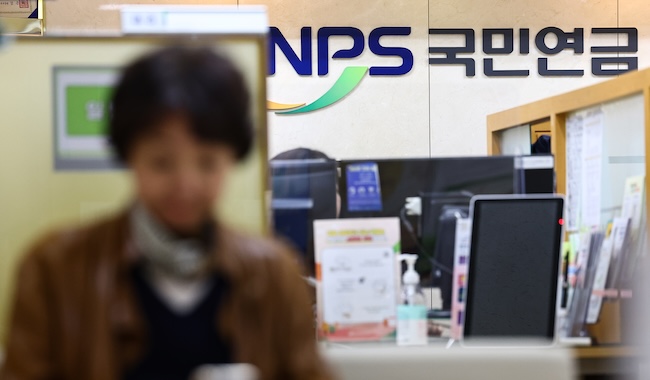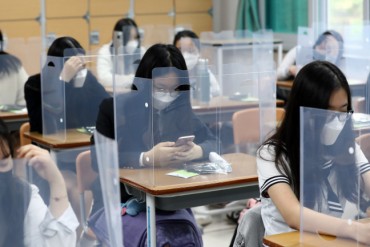SEOUL, Apr. 16 (Korea Bizwire) — While the number of women benefiting from South Korea’s national pension system has steadily increased, a substantial gender gap remains when compared to their male counterparts, highlighting the need for further progress.
According to data from the National Pension Service, the number of female subscribers reached 10.15 million as of November 2023, a 2.2-fold increase from 4.72 million at the end of 1999. The proportion of women among all subscribers also rose from 29% to 45.7% during the same period.
The number of female recipients of the old-age pension, which is typically received upon reaching retirement age, soared to 2.09 million in November 2023, a staggering 62.5-fold jump from just 30,000 at the end of 1999. The proportion of women receiving the old-age pension grew from 19.5% to 38.3% over the same period.
The average monthly old-age pension payment for women has also continued to rise, reaching 398,045 won in November 2023, a 2.25-fold increase from 173,362 won at the end of 1999. Notably, the number of women receiving pensions exceeding 1 million won per month, which stood at just 33 in 2010, skyrocketed to 26,697 by November 2023.
However, when compared to their male counterparts as of November 2023, the figures for women still lag significantly. The number of male old-age pension recipients reached 3.36 million, with an average monthly payment of 756,898 won, and 651,941 men received pensions exceeding 1 million won per month.
The income disparity and gender gap within the national pension system have been identified as major policy challenges that need to be addressed.
According to Statistics Korea data from 2022 (based on 2021 figures), among those aged 65 and above, there were 2.39 million male recipients and 1.82 million female recipients. While 64.4% of men received pensions, the same was true for only 37.5% of women.
A research report written by Lee Dah Mi, an associate research fellow at the Korea Institute for Health and Social Affairs, analyzed data from the National Pension Service in 2022. It revealed that among those who subscribed to the national pension for 20 years or more before receiving benefits, there were 728,900 men and only 125,000 women – a sixfold difference favoring men.
Notably, a significant portion of female recipients received pensions through derivative rights, such as survivors’ pensions, rather than the standard old-age pension. Of the 1.88 million female recipients aged 50 and above, 785,200 received pensions through such derivative rights.
An analysis of subscription rates across different life stages shows that the gender gap is relatively small until the 20s. In fact, during the early 20s, the female subscription rate is higher due to mandatory military service for men.
However, the gap widens from the 30s onward, with women’s subscription rates dropping significantly in their late 30s. While the gap narrows slightly, a substantial difference persists even in the late 50s.
This pattern is attributed to the career disruptions experienced by many women in their 30s due to childbirth and childcare, which negatively impacts their long-term pension contributions.
“Policy efforts are needed to address the gender pension gap by expanding credits to prevent career interruptions caused by factors in women’s life cycles, such as childbirth and childcare, from leading to gaps in national pension subscriptions,” noted Lee.
M. H. Lee (mhlee@koreabizwire.com)







